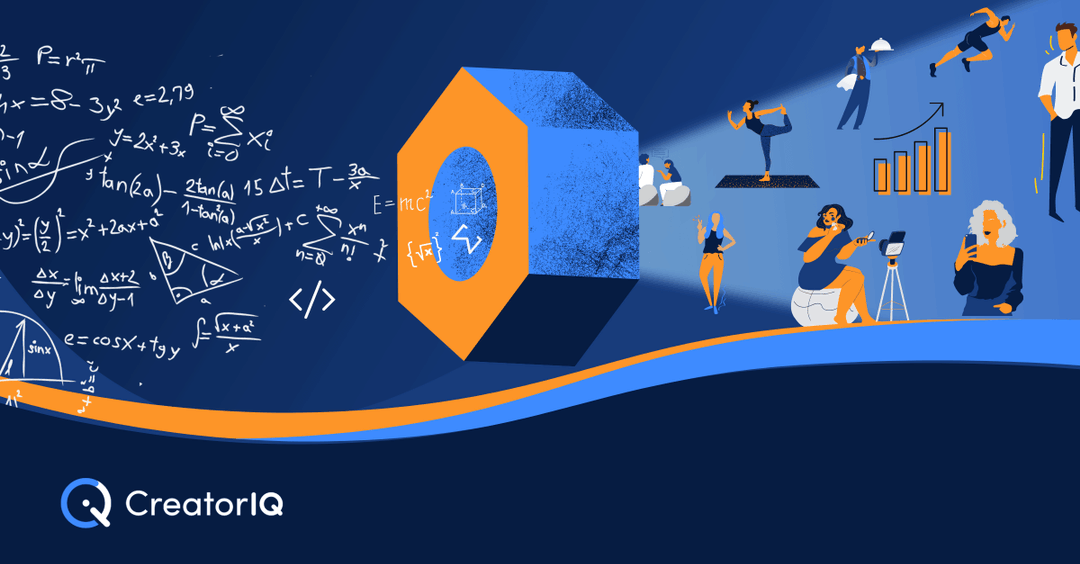Expansive influencer databases are a key selling point for influencer marketing platforms today. The size and coverage matter so you can be sure your pool of potential talent isn’t limited by missing profile data, social platforms, or a closed marketplace. Bigger is better, but when bigger means influencer profiles in the tens of millions, how do you find the ones you’re looking for?
Traditional influencer discovery relies on largely manual search and filtering practices, and a good database gives you enough options to filter by key data points that matter to you. That could be audience demographics, influencer follower size, and social platform, or it could be content alignment, average engagement rate, and location. You probably know your key criteria, so you input your search terms and apply the relevant filters. You may even be a boolean query whiz and use advanced search criteria to pinpoint or exclude search terms for more exact results.
Once you’ve settled on a strong search, your returned list could be a few dozen, or a few thousand influencers, depending on how niche your criteria are. You’re now in the vetting phase and need to assess creators one by one for overall account integrity and brand fit. Good technology solutions will provide you with ways to make this review and assessment process faster and easier, but it still takes time to comb through your results.
Finally, you’ve found the ones! The influencers who are a perfect fit for your brand and campaign. They’ve performed well (🤞), but now you have to go find more just like them. No matter what, this search and filter process is labor-intensive, time-consuming, and seemingly never-ending. You’re always back to square one when you need to find new prospective partners.
Machine learning models decrease your time-to-value when identifying and assessing influencers
If you’re using a software database with access to millions of social profiles and audience data points, it should be leveraging that data in useful ways to help you work faster and smarter. If you’re doing all the work mining for gems manually, your tool isn’t making use of the heaps of data it may have access to.
There’s no match for the human eye when it comes to qualitatively assessing an influencer’s fit for your brand. Machine learning can’t replace true vetting, but it can significantly help you get to that stage faster by leveraging data to make information easier to quickly process and assess.
Let’s say you’ve found three influencers to consider, but you need to make sure they all meet certain criteria or benchmarks. Let your software step in and automate the in-the-weeds comparison, so you can quickly compare the details that matter to you like creator metrics, performance, or audience. Your tool has done the heavy lifting, now you just need to give it a once-over to identify the ideal fit.
Now, you’ve compared your three potential influencers and determined two of them fit the bill, but you need to find ten more just like them. This is typically where you’d go back to your saved search and dig through it a little more, or tweak it to uncover some new accounts. But what if your discovery engine could surface similar profiles based on your current selection?
A machine learning recommendation engine identifies the key attributes from a selection of successful influencers to quickly identify lookalikes. Now, your tool is bringing profiles to you to vet, meaning you spend less time searching and more time reviewing a subset of recommended profiles.
When to apply machine learning influencer comparison and recommendations
Deciding which influencers are an ideal fit during the discovery process. Eliminate the time spent manually combing through profiles one by one. With a side-by-side comparison solution, you can quickly compare profile details and performance to identify who fits your brand best, and who may not be up to par.
Identifying similar, i.e. lookalike, influencers for your existing network. Finding brand new influencers to build lasting partnerships with often requires a trial and error process. Using a list of influencers within your CRM who have proven successful allows you to identify key attributes and quickly identify lookalikes who are more likely to fit your guidelines and perform well.
Building a private influencer CRM network from scratch. If you’re just starting out, search and discovery can take significant time and energy, often extending the time-to-first campaign. This is where leveraging a database with historical industry and brand performance comes to the rescue. Use the recommendation engine to 'pre-seed' your brand's CRM with qualified influencers to allow a turn-key process for campaign execution.
The future is intelligent influencer discovery powered by machine learning models
With access to so much third and first-party data, influencer software solutions must become more data-driven in their approach to influencer marketing, starting with every brand’s entry point: influencer identification and recruitment.
Machine learning engines should act as helpful assistants, delivering qualified leads (influencer profiles) to you in order to easily review and quickly make decisions. This process is more efficient and saves you valuable time, but it also makes use of historical data so that your selections are optimized for performance from the start.
Machine learning-enabled recommendation is just one way data-driven discovery practices will ultimately shape how the industry grows alongside the creator economy into a more exact science; one based on programmatic technology, historical and projected performance, and connected to first and third-party datasets.
To learn more about CreatorIQ’s very own influencer comparison and recommendation engine, contact sales@creatoriq.com or use the button below to schedule a product demo!
See CreatorIQ in action!


